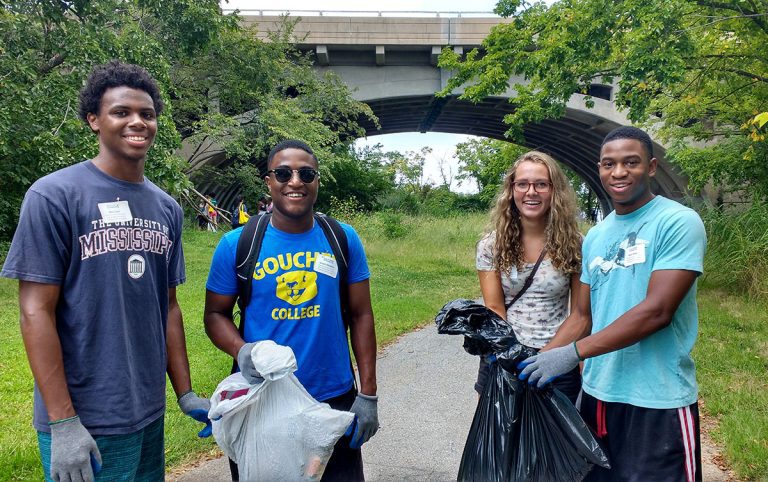Maryland needs to explore better ways to manage storm runoff
I was grateful to see front page coverage of a critical and growing issue in Baltimore — how we effectively deal with urban stormwater (“As Maryland pours millions of dollars into its ailing streams, research shows some projects don’t help clean Chesapeake Bay,” Jan 2).
As we enter a new decade, we must think more holistically about solving the myriad of challenges facing the Baltimore region.
Our growing climate crisis is changing our environment — more intense rainstorms, hotter summer temperatures, poorer air quality and periods of drought. These conditions exacerbate human health conditions like asthma and wreak havoc on our waterways and neighborhoods when heavy storms inundate sewer and stormwater pipes, spill sewage and trash into our rivers, erode stream banks, undermine infrastructure and flood roadways and homes.
It is time that our state and local governments look beyond evaluating stormwater management primarily by the cost-per-pound of pollution a project might remove. Certainly, nitrogen, phosphorus and sediment are critical pollutants in urban waterways, as in the Chesapeake Bay. But in urban areas, we can gain much more than pollution reduction if we evaluate stormwater management options more holistically. For example, pairing stream restoration with upstream and distributed greening practices that benefit our communities.
Blue Water Baltimore recently released a report describing the multiple benefits of “green stormwater infrastructure.” These are practices like removing pavement, capturing rainwater in cisterns and planting native trees and plants that soak up rain and use nutrients to grow. They can reduce the volume and velocity of stormwater and provide other important benefits in urban areas including cleaner air and water, lower summer temperatures, improved health outcomes and even reduced crime.
What if our agencies, elected officials, community leaders and funders could come together to develop a more holistic way to move beyond treating problems like stormwater in a silo and instead look comprehensively at how funding, projects and programs can make our neighborhoods and natural areas more resilient to climate and storms?
We all want a safer and healthier Baltimore. Green stormwater infrastructure is one out-of-the-box way to get there. Here’s hoping city candidates for mayor and council give this some thought. Voters like me will be paying attention.
[maxbutton id=”2″ url=”https://bluewaterbaltimore.org/blog/green-stormwater-infrastructure-report/” text=”Learn More” ]
Jenn Aiosa is the executive director of Blue Water Baltimore. This opinion piece was first published in the Baltimore Sun (1/9/2020).
Featured photo: A major environmental project, the six-year restoration of Cattail Creek by the Berrywood community with help from the Magothy River Association was completed in 2019 on Earth Day. Seen here, neighborhood volunteers were planting a bio retention area above the stream bed with native trees, shrubs and deep rooted plants to retain storm water runoff. Credit: Sharon Lee Tegler / Baltimore Sun.


